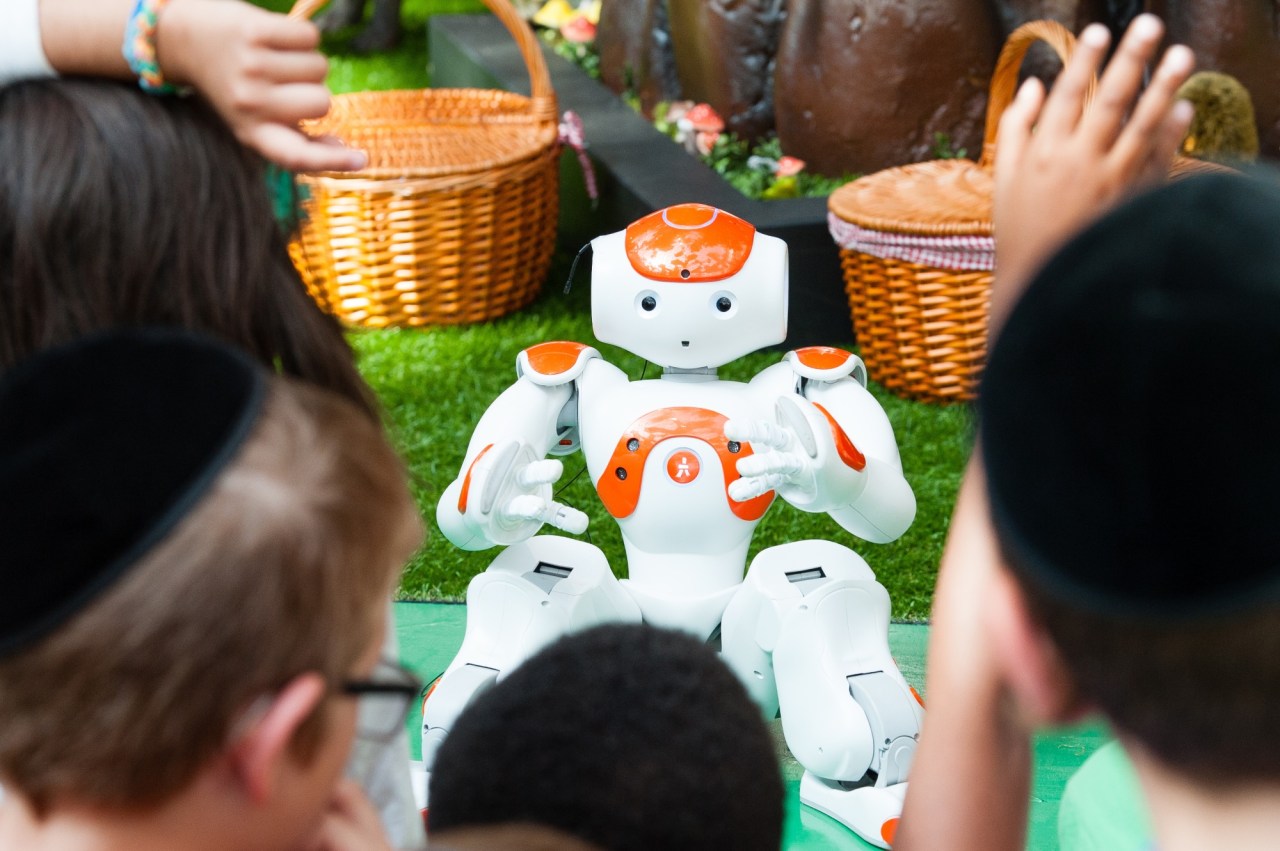As we delve into an increasingly automated world, one question escalates—the role of robots in our everyday lives, especially in our children’s upbringing. Disney, known for its imaginative storytelling and innovative technology, is at the forefront of this exploration. Through a three-part study developed by its dedicated research team, the company investigates how children naturally converse with robots and other intelligent machines, aiming to bridge the gap in human-robot interaction.
The Study: Setting The Stage
In these studies, about 80 children participated, engaging in a series of activities centered around storytelling and spoken interaction. The focus was to understand how kids could relate more human-like interactions in a robotic setting, using a robot named Piper as the testing ground. Piper, although controlled remotely, provided pre-recorded responses depending on the context of the conversation.
Building Relationships through Conversation
The key takeaway from the initial phases of the study was the importance of relationship-building in human-robot interaction. As the researchers put it, the essence lies in how well robots remember previous conversations since this directly correlates with kids’ attitudes toward them. Children desire a sense of continuity—a recognition of past interactions that fosters a deeper connection.
Experiment 1: Collaborative Storytelling
- The kids were engaged in a storytelling activity where an experimenter aided them in crafting a narrative along with Piper.
- Through improvisation, the robot suggested various characters and scenarios, highlighting a crucial question: would children respond more favorably to contextual additions or random ones?
The findings were revealing: younger children seemed to struggle with contextual additions that required mental processing, suggesting a need for a measured response from the robot. The key lesson? Over-responsiveness from the robot during these interactions might stifle creativity and lead to confusion.
Experiment 2: The Power of Reinforcement
As the children rotated back to Piper, they were asked about their stories through three distinct styles of questioning. The robot’s responses varied from generic to emotionally engaging prompts that acknowledged the narratives the children created. Interestingly, the results indicated that older children preferred personalized responses that reflected their previous interactions. This showcases how a robot that remembers past conversations can create a more compelling rapport.
Embracing Interactive Media: Learning with Robots
The third experiment introduced a concept that many children are becoming accustomed to: interactive media. By analyzing how children interact with television programming that allows for response, the study found that waiting for a reply or prompting for an answer led to increased engagement rates.
- This insight is critical as more children navigate interactive platforms—better robots can lead to more meaningful experiences through correct timing and feedback.
- The study indicates that a robot programmed to wait and gently prompt can significantly elevate children’s responsiveness.
The Bigger Picture: Future Implications
The overarching theme that emerges from these experiments is not merely about integrating robots into a child’s upbringing but enhancing the human-robot connection to promote natural interactions. It’s a stepping stone towards applications in various fields, from educational aids to speech therapy, demonstrating that a more personalized robotic experience can have a profound impact on developmental growth.
Conclusion: A Warm Welcome for Future Robots
While the prospect of robots stepping into child-rearing is still far from realization, transforming how we engage children with technology is crucial. As evidenced by these research findings, the need for careful, context-aware interactions is a priority to avoid crossing into the realm of the ‘creepy’. Disney’s pioneering work is just the beginning of creating a friendly, intuitive future where robots can enhance children’s learning and emotional development.
At fxis.ai, we believe that such advancements are crucial for the future of AI, as they enable more comprehensive and effective solutions. Our team is continually exploring new methodologies to push the envelope in artificial intelligence, ensuring that our clients benefit from the latest technological innovations.
For more insights, updates, or to collaborate on AI development projects, stay connected with fxis.ai.

